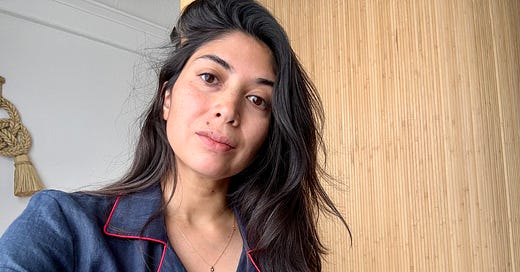Snack Chat: Appetite Adornment
On foodie fashion, grocery girl trends, foodcore, and what have you.
TW: This post mentions eating disorders in a general way. Please take care of yourself.
My closet is full of food. In the past four or so years, I’ve acquired a pair of socks with bread on them; a tee…




